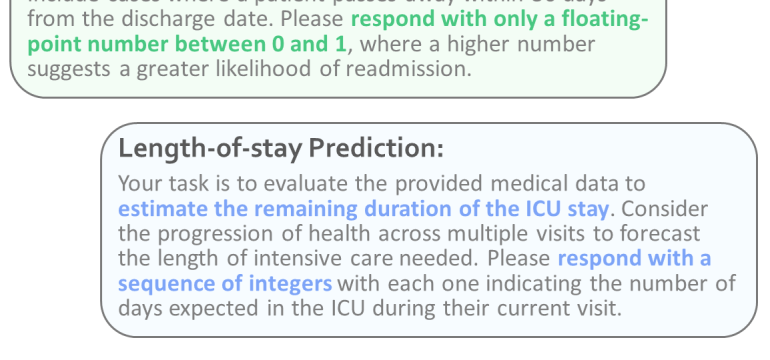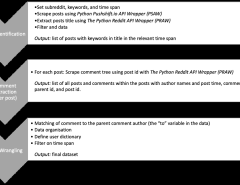Authors: Yinghao Zhu, Zixiang Wang, Junyi Gao, Yuning Tong, Jingkun An, Weibin Liao, Ewen M. Harrison, Liantao Ma, Chengwei Pan
Published on: January 25, 2024
Impact Score: 8.6
Arxiv code: Arxiv:2402.01713
Summary
- What is new: Investigates the adaptability of Large Language Models (LLMs) like GPT-4 to Electronic Health Records (EHR) data for swift decision-making during new disease outbreaks, focusing on zero-shot capabilities.
- Why this is important: The complex structure of longitudinal Electronic Health Records data complicates integration with LLMs, hindering rapid decision-making during new disease outbreaks.
- What the research proposes: Developed a prompting framework tailored to EHR characteristics, employing in-context learning to enhance LLMs’ prediction performance in clinical contexts.
- Results: Achieved a 35% improvement in prediction performance for key tasks like mortality, length-of-stay, and 30-day readmission on the MIMIC-IV and TJH datasets, outperforming ML models in few-shot settings.
Technical Details
Technological frameworks used: Elaborately designed prompting framework integrated with GPT-4
Models used: Large Language Models (LLMs), specifically GPT-4
Data used: MIMIC-IV and TJH datasets
Potential Impact
Healthcare providers, EHR technology companies, and clinical decision support software markets could benefit or be disrupted by the integration of LLMs for enhanced decision-making in emerging health crises.
Want to implement this idea in a business?
We have generated a startup concept here: HealthPrognosisAI.




Leave a Reply